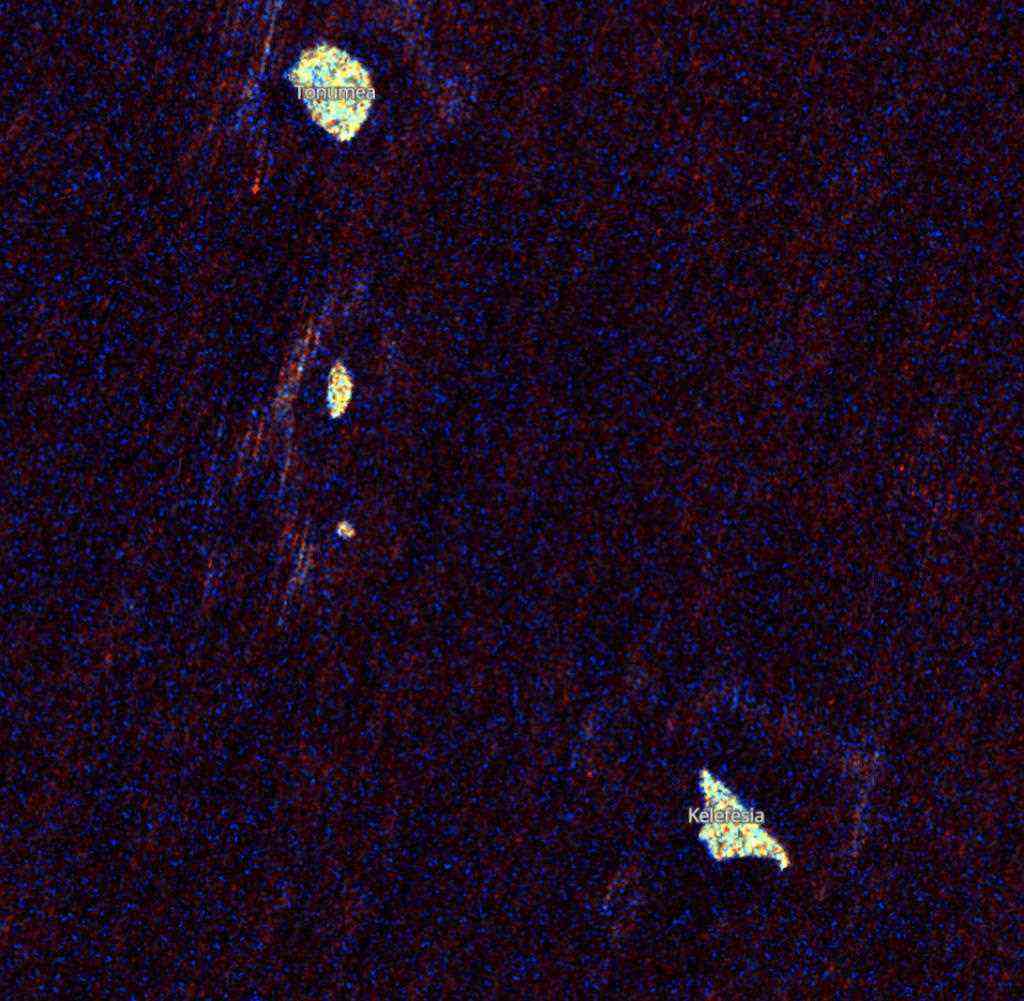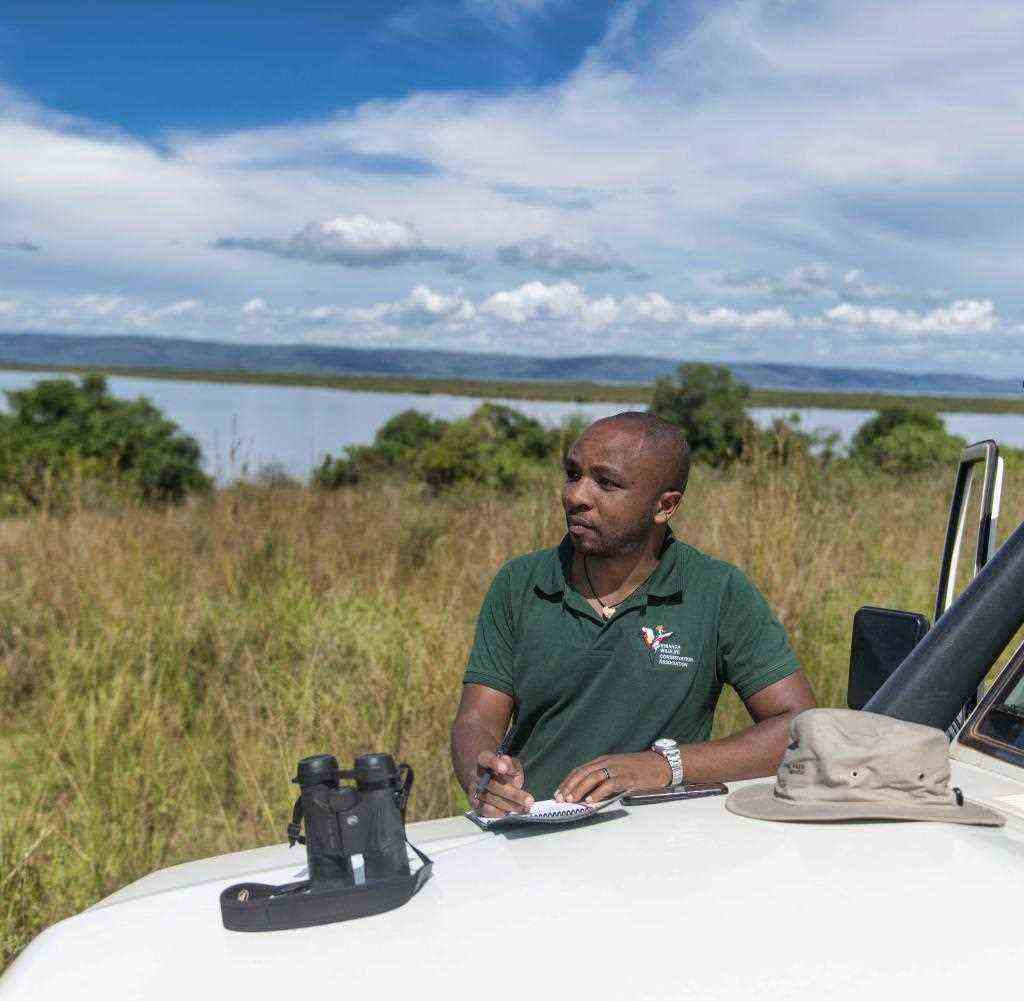Volcanic eruption wipes out islands and sends pressure waves to Germany
Eruption of underwater volcano prompts tsunami warning
Underwater volcano eruption in South Pacific prompts tsunami warning The resulting tidal waves hit the coasts. Entire districts of Tonga have been flooded.
More lightning than ever before, tsunamis on the Pacific coasts: the gigantic eruption of a volcanic island in Tonga in the South Pacific has changed the map, islands have disappeared or shrunk. The consequences in Tonga cannot yet be assessed.
Dhe eruption of a volcano in the kingdom of the Tonga Islands in the South Pacific on Saturday could be measured all over the world. The pressure wave from the eruption of the Hunga Tonga-Hunga Ha’apai volcano raced through the entire atmosphere, and weather stations in Germany also registered the jolt in their records. The bang of the outbreak could still be heard in Alaska, almost 10,000 kilometers away. However, the eruption in the South Seas had serious effects.
Media reports of “considerable damage” to the island coasts. The islands resembled a lunar landscape covered with black volcanic ash. There were no reports of fatalities in Tonga until Sunday evening German time. However, at first there was hardly any news from the Tonga Islands – the internet and electricity had failed there. Tens of thousands of residents are affected, reports the International Red Cross.
Comparison of three satellite images of the uninhabited South Sea islands of Tonumea, Nuku, Tau and Kelefesia. The two images at the edges were taken before the volcanic eruption, the Bil…d in the middle after. It shows Nuku and Tau gone (red circles) and Tonumea and Kelefesia partially submerged (yellow circles)
Source: dr Andreas Schäfer / CEDIM
On site, the eruption resembled an apocalypse: the huge cloud of ash darkened the sky over Tonga for hours, accompanied by the sound of an explosion. Hundreds of thousands of lightning flashed through the black eruption cloud, which towered a good 15 kilometers high: Vaisala’s GLD360 network, a global sensor network, reported that so many lightning bolts had never been registered during a volcanic eruption. The high-voltage flares kept hitting the sea and the islands.
“You can compare the event with the Krakatau eruption of 1883,” says Andreas Schäfer, geophysicist at the Center for Disaster Management and Risk Reduction Technology (CEDIM) to WELT. The 1883 eruption of Indonesia’s marine volcano was one of the most violent in history, also being heard thousands of miles away and triggering tsunamis that killed thousands.
Neighboring islands have also been hit hard
As with Krakatoa in 1883, the Hunga Tonga-Hunga Ha’apai blast apparently collapsed submarine slopes, triggering tsunamis. The waves wiped out at least two islands, reports Schäfer: The uninhabited islands of Nuku and Tau, located about 65 kilometers away from Hunga Tonga-Hunga Ha’apai, can no longer be seen on satellite images taken after the tsunamis passed.
The waves apparently cleared the islands completely, says Schäfer. Only the underlying reef is still roughly visible. Some neighboring islands, which are also uninhabited, were also hit hard and lost a good part of their territory to the sea.
“Since most of the other islands, especially the inhabited ones, are significantly larger and their rocky bases protrude a few meters out of the water, changes here are much less dramatic,” says Schäfer. However, it appears that significant parts of the inhabited islands of Nomuka were washed into the Pacific.
Coral reefs broke tsunamis and saved other islands
Tsunamis triggered by submarine mass movements are particularly dangerous for the immediate vicinity. There, waves can be more than ten meters high, while 50 kilometers further, hardly a tenth of the height is to be expected.
The episodes were also shown in Santa Cruz, California
Source: AP/Shmuel Thaler
The tsunamis from the Tonga eruption reached the Pacific coasts of North and South America thousands of kilometers away, but did not make it far inland and appeared to cause only minor damage. However, two swimmers died in the strong current off a beach in Peru. The fact that the tsunami was one and a half meters high in Japan, California and South America indicates particularly large submarine landslides on the Tonga volcano, says Schäfer.
Numerous islands would have been saved from destruction because the tsunamis would have broken coral reefs and offshore barrier islands, for example in Fiji or Tongatapu. On the other hand, places with a lack of coastal protection, such as the port city of Port Vila on Vanuatu, would have been hit by higher waves despite the greater distance from the volcanic eruption.
The Tonga island of Hunga Tonga-Hunga Ha’apai itself ruptured when its volcano exploded – the eruption blasted away the center of the island.






